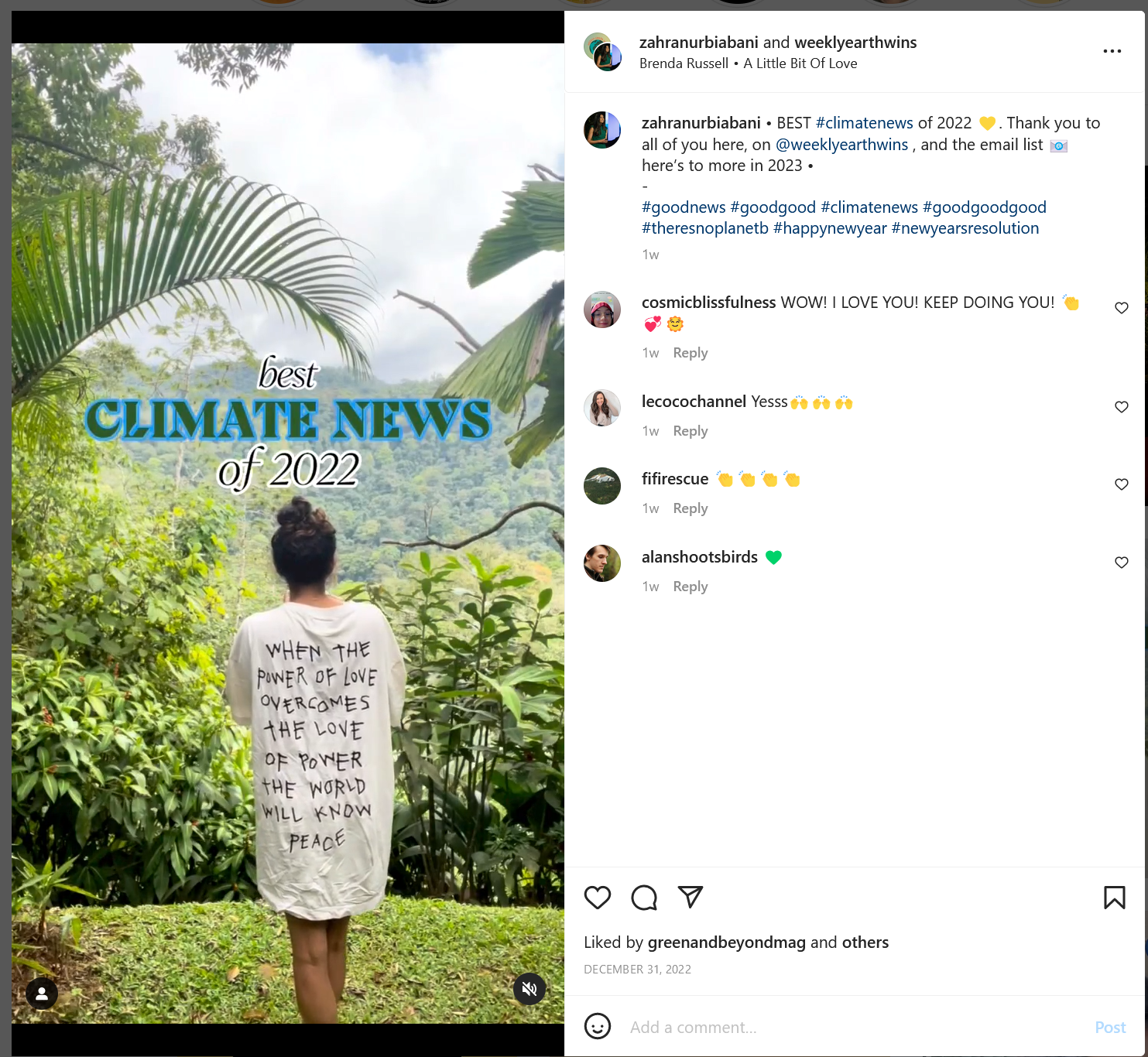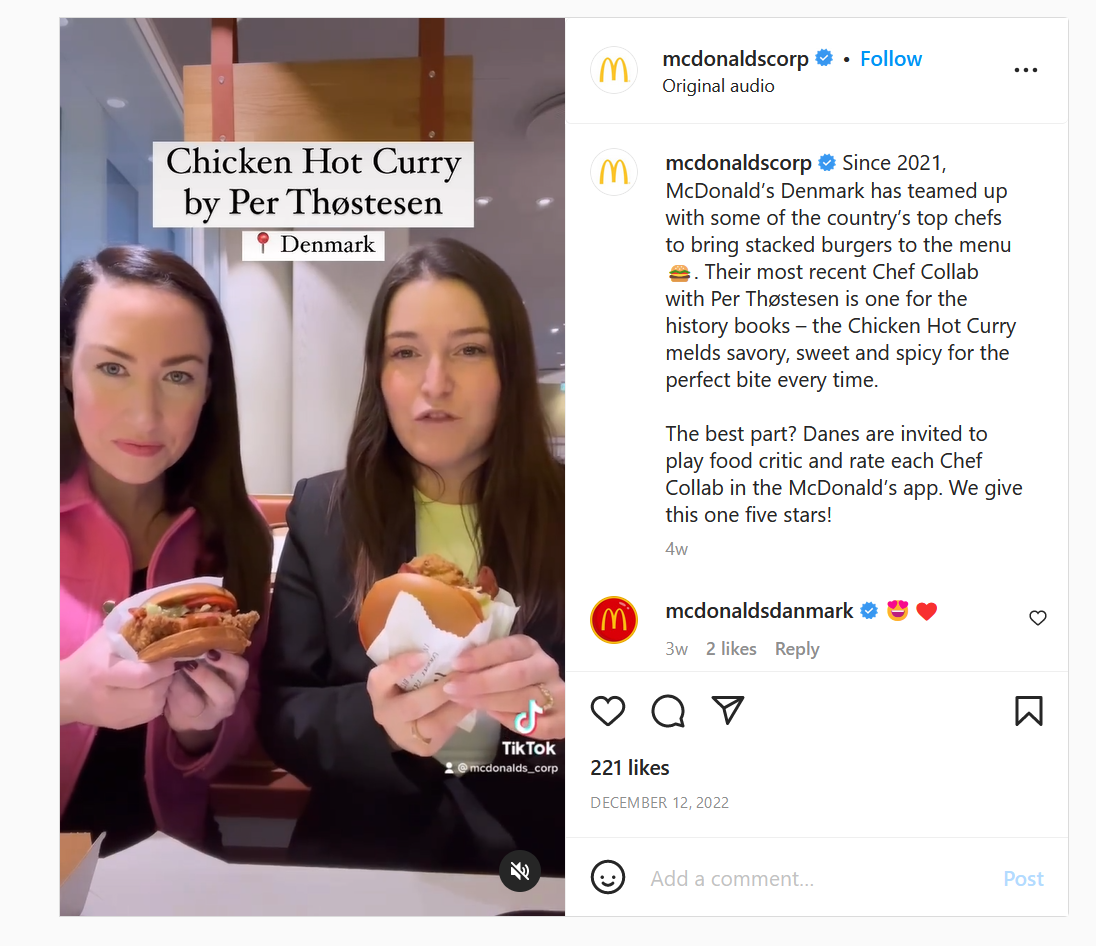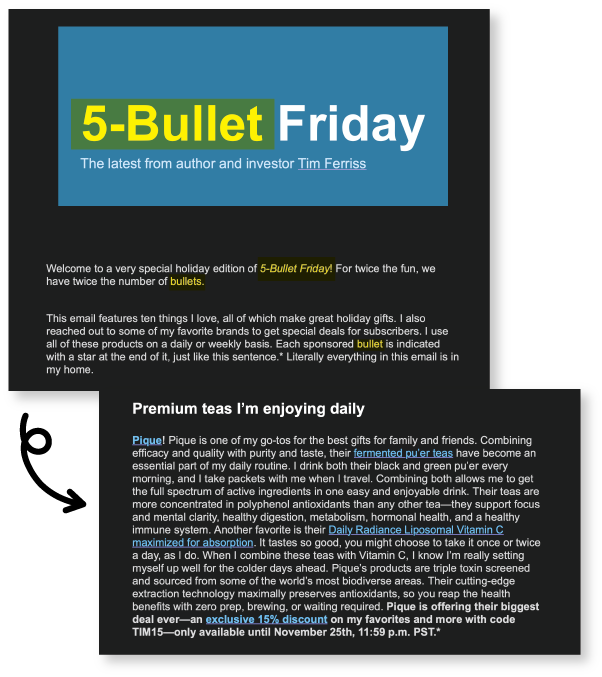Trending
Key Steps for Finding the Best Influencers for Your Brand
$16.4 billion—that’s how big the global influencer marketing industry was in 2022. The power of influencers has exploded with the popularity of short-form social videos on platforms like TikTok and Instagram.
Today, around 50% of consumers now turn to social media and the influencers they follow for product advice. For some, social media and influencers may replace search as a primary source for product research.
This trend will grow as marketers expand how they leverage influencers and see the results. In fact, Contently client data shows that 14% of customers take action if they come to the brand’s website from a referral page.
Whether you’re just getting started leveraging influencers or you want to refine your approach, consider the following:
Understand your audience and what they want to know.
Get clear about who you want to engage to find the right influencer partner. Your target audience may belong to a particular demographic or behavioral group, or they may do a certain job. It’s crucial to understand who they are.
The next question is: what do they want to know? This is distinct from what you, as a brand, want the audience members to know. Instead, it’s about their interests and motivations.
For example:
- What are their interests and goals?
- What problems or pain points are they trying to solve?
- What opportunities do they want to take advantage of?
Understanding what information or knowledge gaps your audience has and wants to fill is a foundational first step to identifying the influencers with the potential to make an impact for your brand.
Look beyond celebrity influencers.
Once you know your audience, it’s time to seek out the influencers already speaking to them on subjects relevant to your business. They don’t have to be super well-known, either.
Once the domain of celebrities and famous thought leaders endorsing a product, the influencer space is now more diverse in both the people serving as influencers and the subject matter they discuss. Like… plants!
That has opened up influencer opportunities to a far larger number of brands. Because, real talk: Working with celebrity influencers like Kim Kardashian or The Rock produces major results, but it’s also majorly expensive. It also only works for brands in a small subset of sectors, such as beauty, fitness, nutrition, fashion, etc.
Fortunately, celebrities and mega-influencers aren’t your only option. Micro-influencers with ten to fifty thousand followers have gained a reputation as a viable alternative. Though these influencers have fewer followers, their audiences are quantitatively more engaged than those of mega-influencers. That can produce higher ROI if a partnership with them includes people who want to know about you.
Be open as well to finding influencers in unexpected places. You may hear them speak in a webinar or podcast, see their blog on social media, or hear about them from a friend. And while influencers are independent professionals, their tone and approach should align with your brand image.
Emphasize expertise.
Why do people follow influencers? Of course it depends, but followers of micro-influencers are often excited to learn, share knowledge, or seek it for themselves. When an influencer’s knowledge is relevant to your company’s industry, product, or value proposition, you have a built-in, third-party advocate who can authentically engage on issues your audience cares about and which matter to you.
Influencers who are subject matter experts can fill key learning gaps for your audience. When people gain knowledge from a source they trust and who they view as (relatively) neutral, it gives them greater confidence the information is credible, and they can use it to inform their decisions.
This is especially true for multi-faceted, complex subjects. Think personal finance, home repair, business leadership, or environmental sustainability—just to name a few.
These kinds of issues touch so many people and involve a lot of personal choices (meaning, there is no “right” solution, though there are many sub-optimal ones).
For an example of a micro-influencer in a complex space, look to Zahra Biabani, who focuses on “climate hope” and highlights success stories in the sustainability movement as a way to keep people informed and get them involved.
Tapping into the knowledge of a third-party expert who offers advice and guidance can validate your messaging while allowing you to focus your internal content resources on key nuances.
Cultivate influencer relationships with mutual benefits.
The strongest, most beneficial relationships bring something to each side. This is particularly important for brands that want to cultivate sustainable influencer relationships.
There are a number of types of influencer relationships to choose from.
Sponsorship
In this model, a brand pays in some way for the influencer to produce a post or a series of posts. The brand may also provide a product giveaway or discount to engage the influencer’s audience. If you hear the words, “This episode/post/video is brought to you by…” it’s part of a sponsorship deal.
Collaborations
These are jointly produced media posts, such as Instagram Takeovers or another approach involving an outside influencer contributing to the brand’s feed. McDonald’s, for example, collaborated with chefs in Denmark to produce alternative burger flavors that users sampled on social media.

Product endorsement
In this approach, the influencer recommends a product or service to an audience.
As for compensation, there are a number of ways influencers can get paid: with money, free access to your product, access to your network, or some combination.
Regardless of the relationship you choose, think about the relationship structure in terms of your goals and longevity. Short-term and one-off influencer engagement can smack of opportunism, and your audience will notice. Instead, approach your influencer strategy as you would any relationship you want to last by ensuring they get as much out of it as you do.
The Influencer Space Will Grow in 2023
As the influencer space continues to grow in 2023, it will also continue to diversify. You have an array of options to develop influencer strategies that leverage multiple influencers delivering insights and expertise to different segments of your audience. The key is to identify your goals and the people you want to talk to, then set up a few relationships to experiment, measure, and learn. Good luck!
Subscribe to The Content Strategist to keep on top of the marketing trends for 2023.
Image by treetyGet better at your job right now.
Read our monthly newsletter to master content marketing. It’s made for marketers, creators, and everyone in between.





